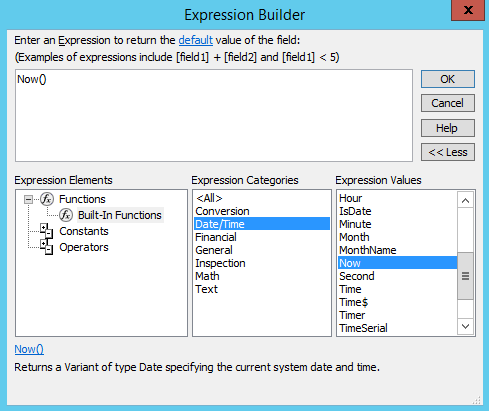A data warehouse is a large collection of data that can be used to help an organisation make key business decisions.
Here’s a more precise definition of the term, as coined by Bill Inmon, (considered by many to be “the father of data warehousing”):
A data warehouse is a subject-oriented, integrated, nonvolatile, and time-variant collection of data in support of management’s decisions.
